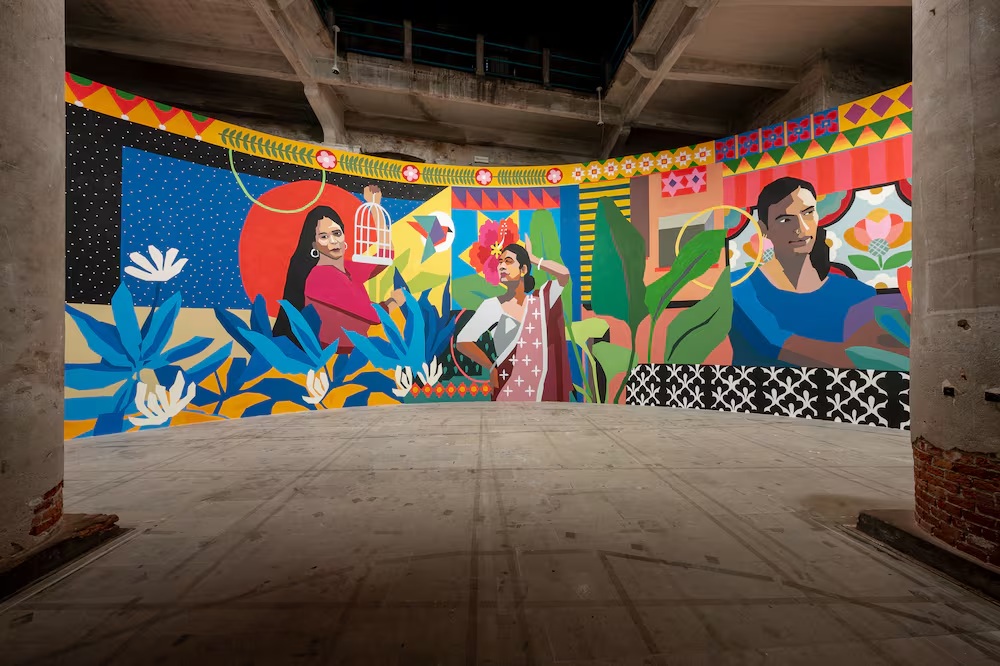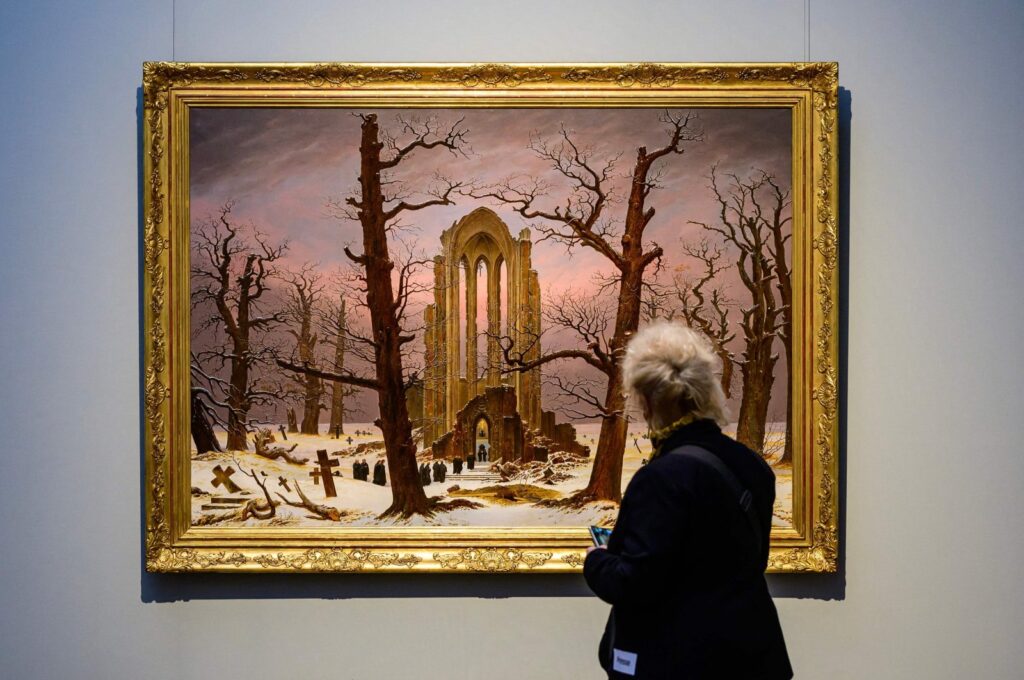
Monitoring Desk
DOHA: With its museums and art becoming an inspiration for a whole generation of artists, Qatar is becoming a leading hub for arts and culture in the region. Let’s explore two museums in the country that are architectural wonders blended with art and history
Stunning architectural designs provide Qatar with charming glory and magnificence. One will surely be mesmerized by how new artistic and architectural themes have been integrated with the old ones so perfectly in the structures of the country. Among these structures, the museums of the country stand out with their attractive appearances.
The imposing Museum of Islamic Art (MIA) in the capital Doha, which is considered among the best in the world, offers a unique view to passersby with its remarkable exterior walls, inviting people to explore its intimate and rich atmosphere.

As I enter the museum, I burst with emotions, and a fascination of hope and admiration collided within me while witnessing the earthly manifestation of the Islamic art legacy. The museum’s collection, featuring paintings, sculptures, tapestries, calligraphy, metalwork, ceramics, jewelry, woodwork, textiles and scientific instruments from across the Islamic world, is impressive. The five floors of the museum house a collection of Islamic art dating from the seventh to the 19th century. Each exhibit is specially curated to help visitors gain insight into the Islamic culture.
Inspired by mosque
The MIA, which has become an iconic feature of the Doha landscape, stands alone at the end of the reclaimed land of Corniche. Designed by famed Chinese American, Pritzker Prize-winning architect Ieoh Ming Pei, known for creating the glass-and-steel pyramid for the Louvre in Paris, the museum was heavily influenced by ancient Islamic architecture, especially the Ibn Tulun Mosque in Cairo.

Persuaded to come out of retirement for the project, Pei did not like any of the sites offered to him to build the museum. Finally, he chose to construct his marvel on a standalone island on the Corniche. The MIA blends the traditional and more contemporary Islamic architecture elements. Like the exterior, the interior also offers a glance at Islamic art with many geometric patterns. These patterns create a feeling as if they interminably repeat, which refers to the infinite Allah.
Sculpture in park
The MIA also offers a beautiful, adjacent park, which is the perfect place for visitors to take a stroll and participate in activities or just gaze at the Doha skyline from the best vantage point in the city. This is one of the best green fields in Doha and presents its visitors with a large sculpture, as well. “7” by American artist Richard Serra is an almost 80-foot (24-meter) artwork and comprises seven steel plates.




The tallest artwork ever created by Serra is also the tallest public art installation in Qatar. According to the official website of the museum, the artwork “celebrates the spiritual and scientific significance of the number seven in Islamic culture.” Serra reflected on his sculpture: “I’ve been making towers for 30 years, and I’ve made several towers. But I’ve never made a tower like this one.”
There are many reasons why the number seven is conceived as a miracle in Islam. For example, among all the numbers, the number seven is the first number stated in the Quran. The number seven is the most repeated number after the number one in Quran, as well. The number of heavens is seven while the number of the doors of hell is seven according to Quran. Besides, Muslims walk counter-clockwise seven times around the Kaaba to perform the hajj, or Islamic pilgrimage. Inspired by a minaret in Afghanistan, Serra’s work also immortalizes the significance of the number seven in MIA Park.


Desert rose
Another iconic masterpiece in Doha is the National Museum of Qatar (NMoQ), which reveals the rich heritage and culture of the country. The museum, which was created to offer a vibrant and immersive space dedicated to Qatar’s past, present and future, is designed by architect Jean Nouvel. The stunningly beautiful building was created to evoke the shape of the desert rose, which can be found in Qatar. So what waits for the visitors inside this masterful mega-museum?
Visitors to the National Museum of Qatar actually enjoy the results of meticulous behind-the-scenes efforts by local and international specialists to conserve and restore important objects and artifacts that embody Qatar’s unique heritage. NMoQ’s collection features an impressive array of archaeological and heritage objects, manuscripts, documents, photographs, jewelry and costumes that illustrate Qatar’s past, present and future. Contextualized within the museum’s immersive galleries, the objects help tell the nation’s sweeping story in three distinct chapters – Beginnings, Life in Qatar and Building the Nation.

Once inside, visitors can experience numerous interactive displays that explain Qatar’s history from prehistoric times to the modern day. Numerous films are played throughout the museum to add perspective to the history of Qatar and its people. The 560,000-square-foot museum holds 11 galleries that narrate the history of Qatar. The chronology, which takes nine-tenths of a mile to unfold, highlights the region’s geological formation, natural habitats, Bedouin culture, and early coastal settlements and their pearl trade. It also wends through Qatar’s unification under the Al Thani family and the 20th-century discoveries of oil and natural gas that propelled its modern economy and one of the highest per capita incomes in the world.
Courtesy: Dailysabah
The post Must-see museums of Qatar blend artistic, architectural beauty appeared first on The Frontier Post.








